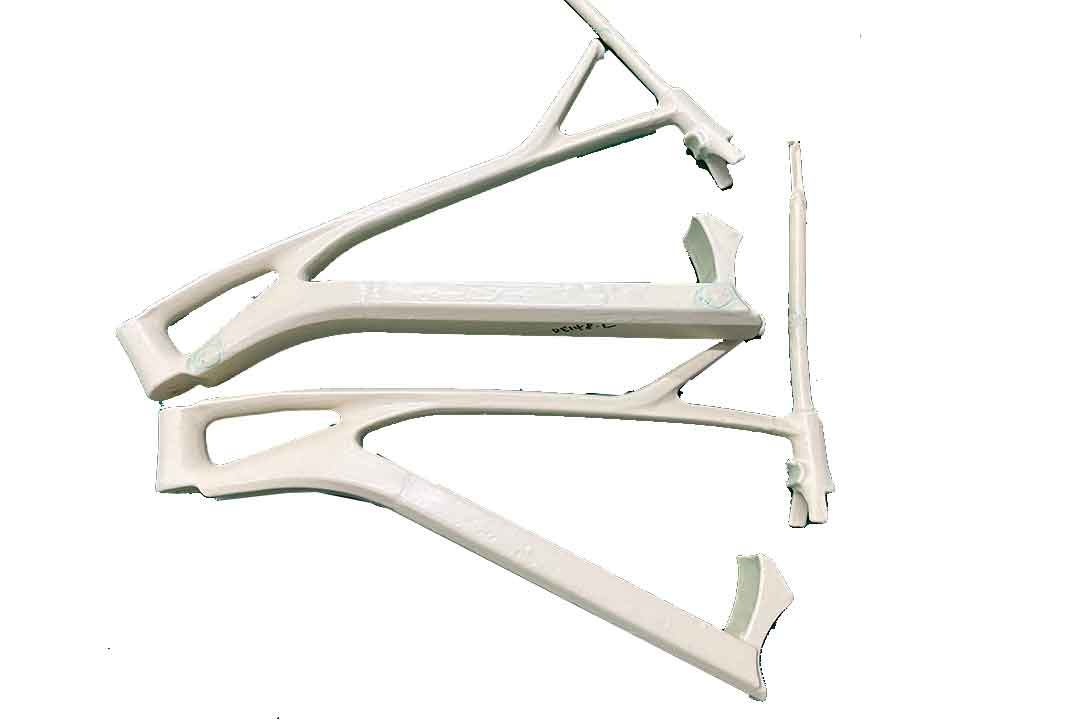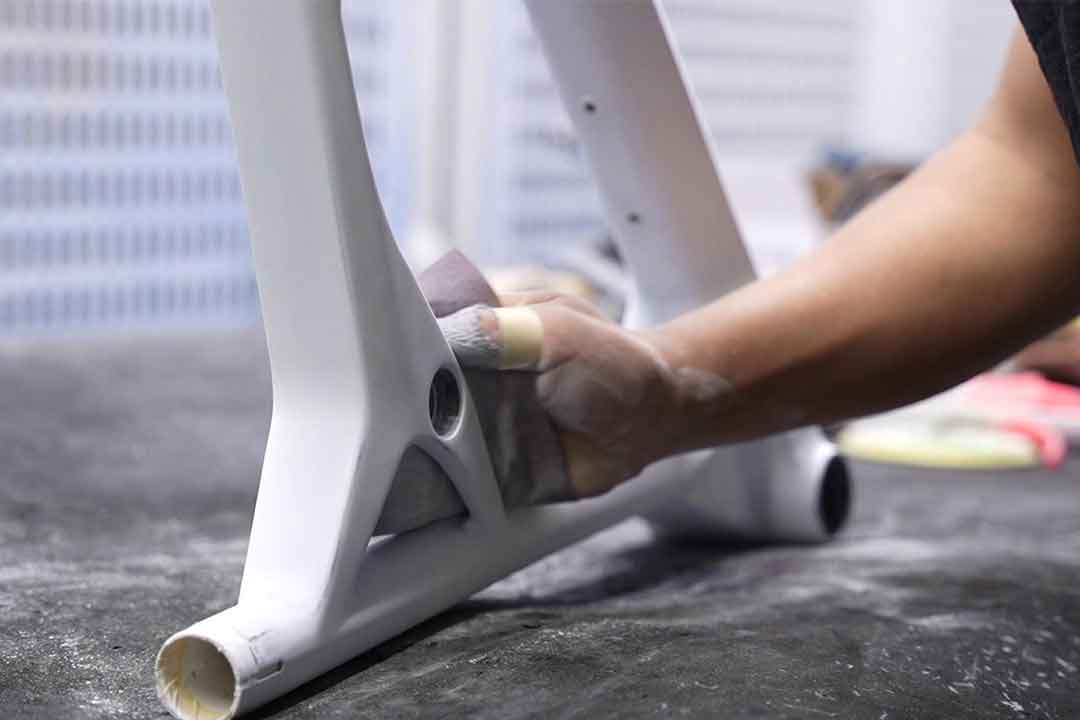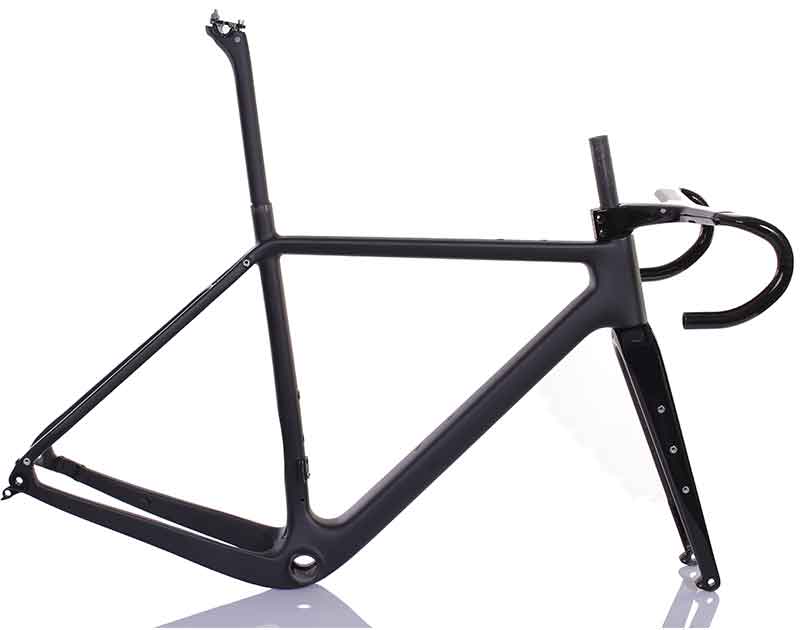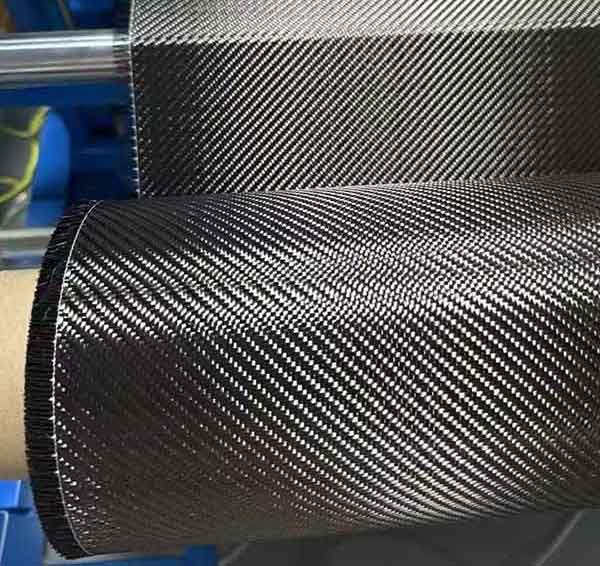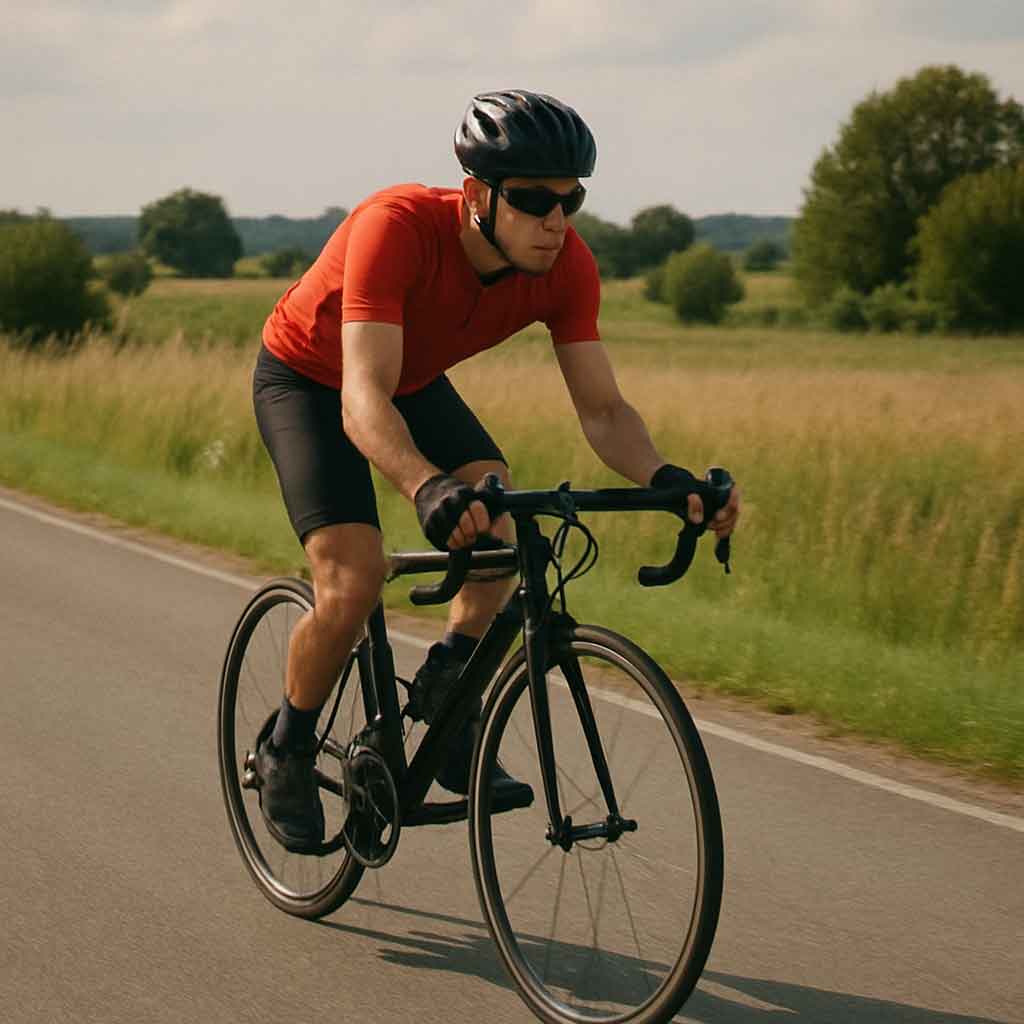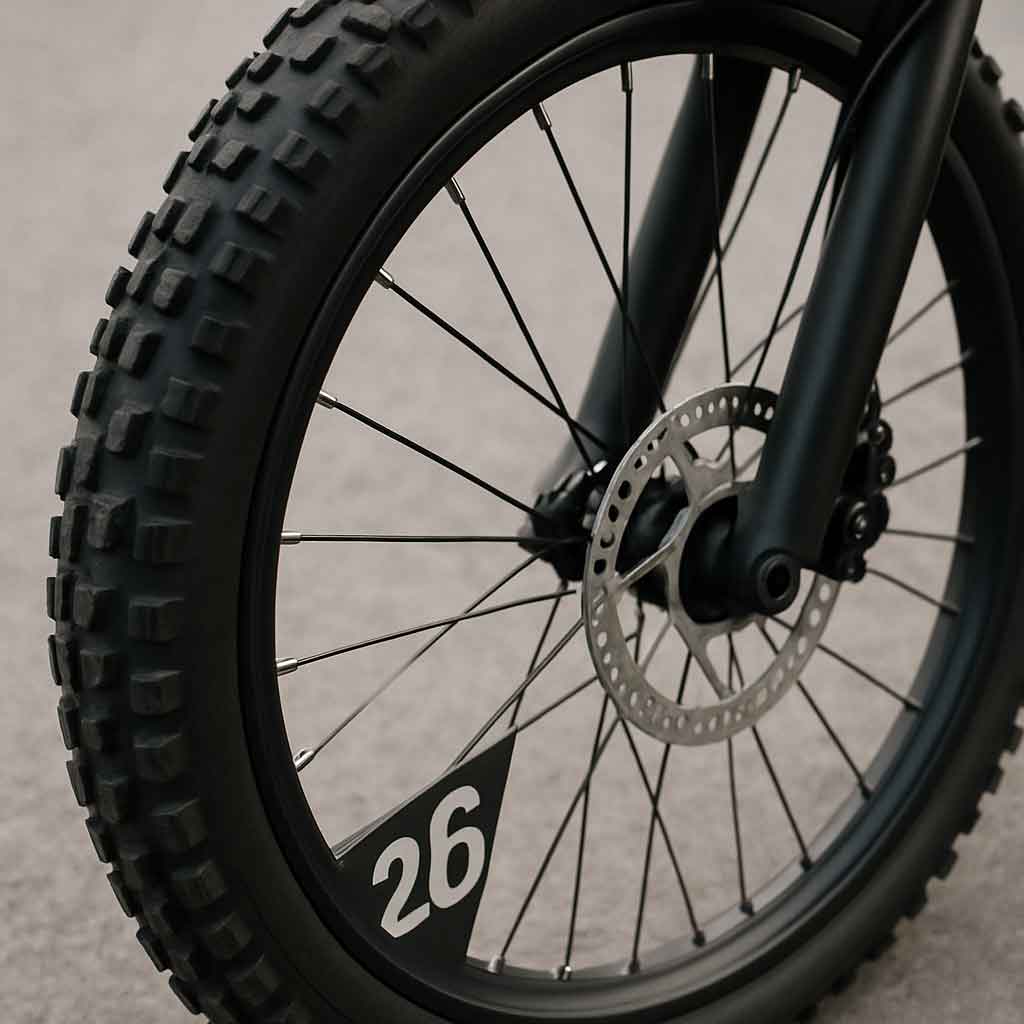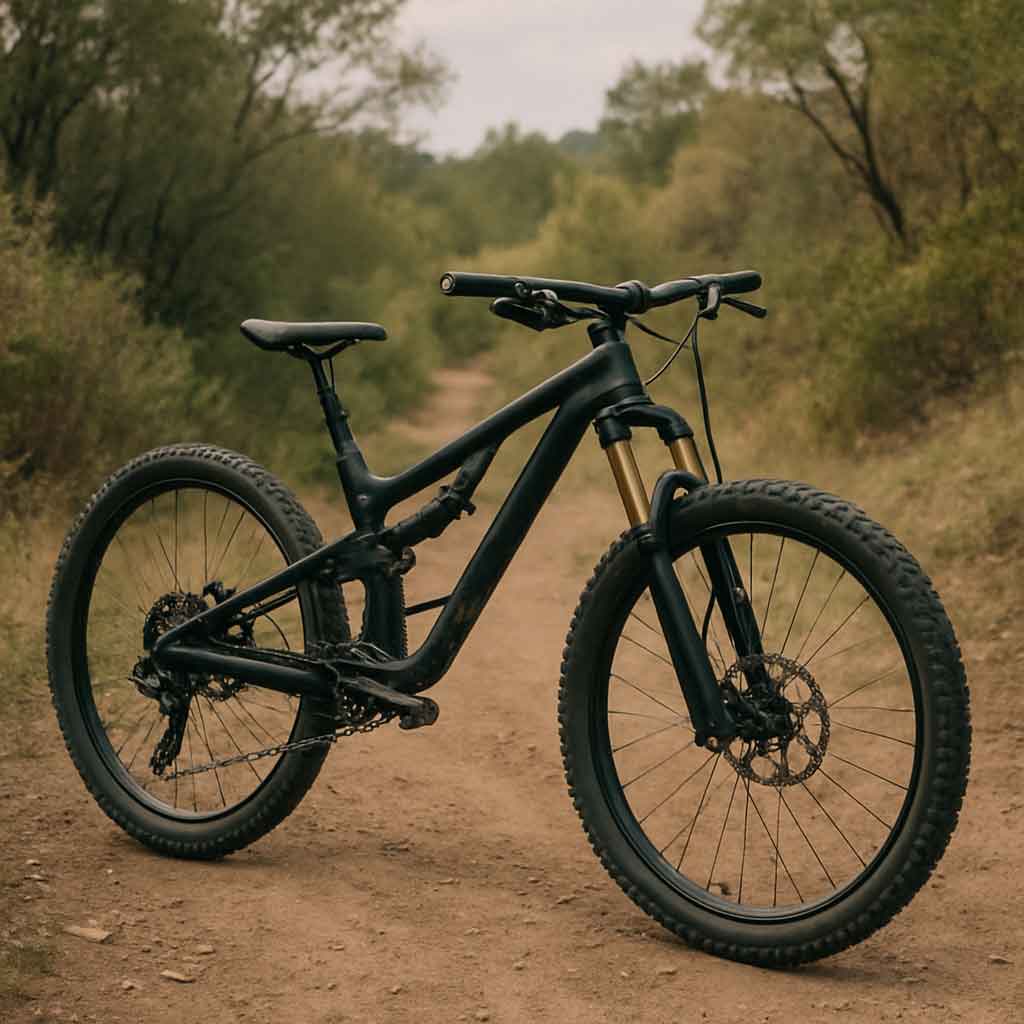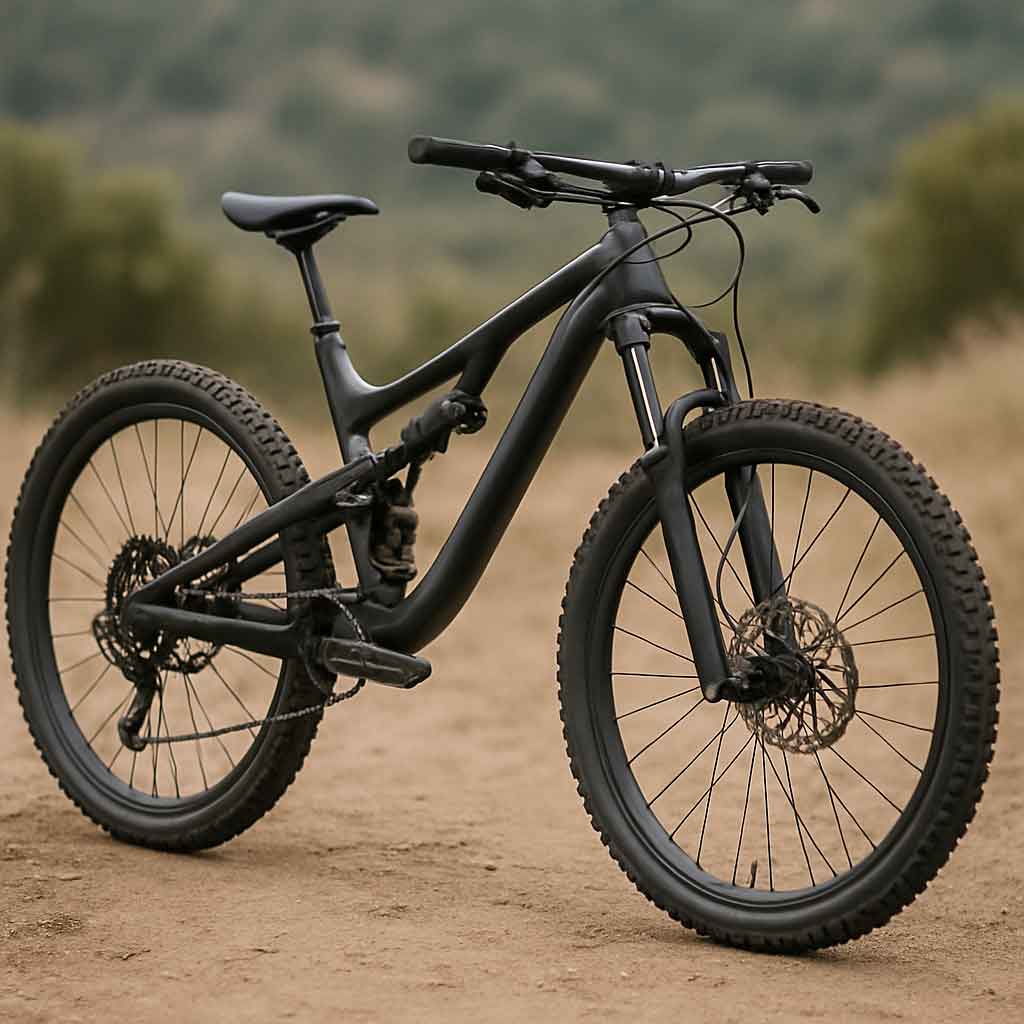Welcome to Mondince Bike - A well-known factory specialized in produce carbon bike frame and other parts since 2007.
The Importance of Accurate Bike Sizing
Choosing the right bike size is crucial for both comfort and performance. Whether you're a seasoned cyclist or a weekend rider, accurate bike sizing ensures a more enjoyable and efficient ride. In this article, we'll explore why accurate bike sizing matters, how to find the right size, and the tools available to help you make the best choice.

The importance of accurate bike sizing cannot be overstated. A bike that's too large or too small can lead to discomfort, injuries, and poor riding performance. Here's why getting the right fit is essential:
Comfort
A properly sized bike allows you to maintain a comfortable posture while riding. This means less strain on your back, shoulders, and wrists, allowing you to enjoy longer rides without discomfort. When your bike fits well, your body's weight is distributed evenly, reducing pressure points and the likelihood of numbness or tingling in your hands and feet. Additionally, a comfortable ride can enhance your overall cycling experience, encouraging you to ride more frequently and for longer durations.
Efficiency
When your bike fits you well, you can pedal more efficiently. This means you can cover more ground with less effort, making your rides more enjoyable and allowing you to achieve your cycling goals more easily. A well-fitted bike ensures that your energy is transferred directly from your legs to the pedals, minimizing wasted effort. Moreover, an efficient cycling position can help you maintain a consistent speed and rhythm, which is especially important for long-distance rides or competitive cycling.
Injury Prevention
Riding a bike that doesn't fit well can lead to various injuries, including knee pain, back pain, and wrist pain. Accurate bike sizing helps prevent these issues, keeping you healthy and on the road. Proper bike sizing aligns your joints correctly, reducing the risk of repetitive strain injuries that can occur from poor posture or excessive reach. In the long run, taking the time to ensure your bike fits well can save you from potential medical expenses and downtime from your favorite activity.
How to Determine Your Bike Size
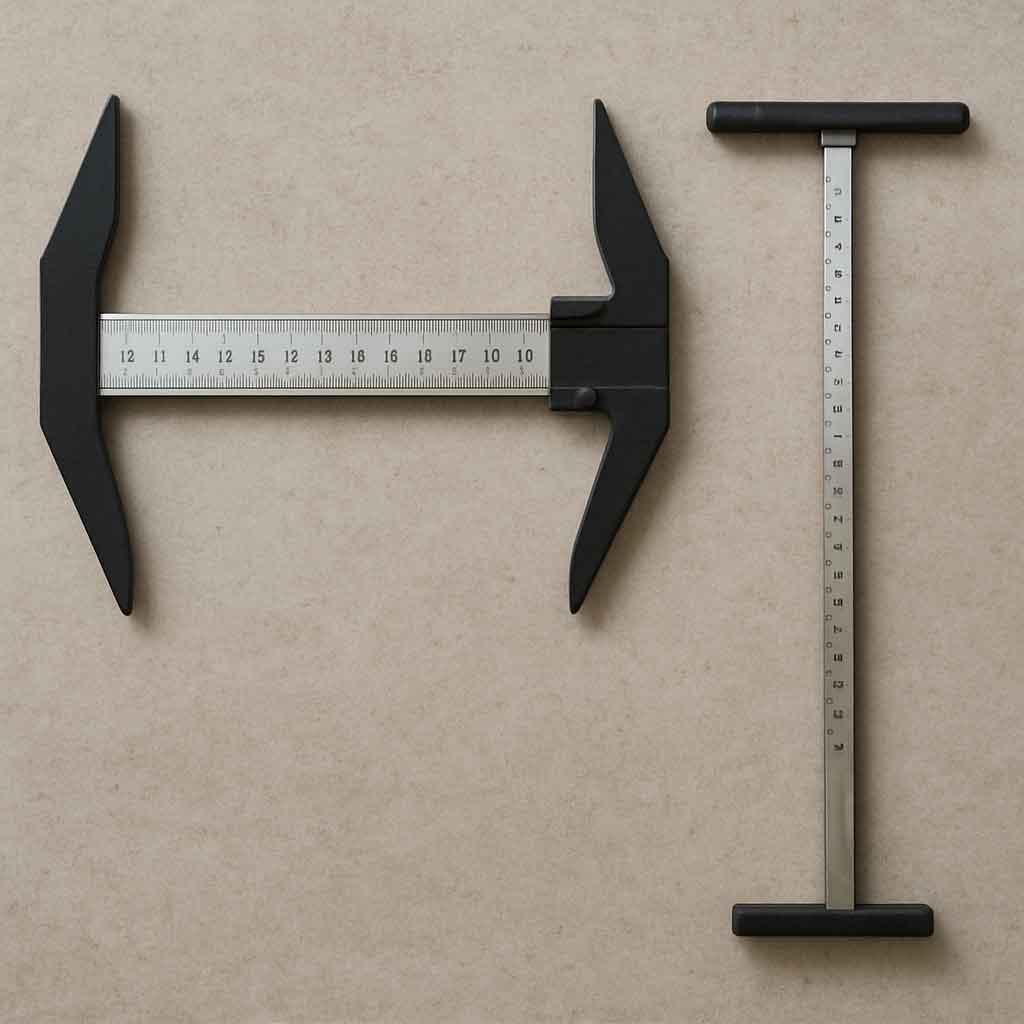
Finding the right bike size involves several measurements and considerations. Here are some steps to help you determine your ideal bike size:
Step 1: Measure Your Inseam
Your inseam is the distance from the floor to your crotch. To measure it, stand with your feet about 6 inches apart and use a tape measure to find the distance from the floor to the top of your inner thigh. This measurement is crucial for determining the right bike size. Make sure to stand straight and measure carefully, as an accurate inseam measurement is fundamental to selecting a bike frame that suits your height and body proportions. It's also helpful to take this measurement while wearing the shoes you plan to cycle in, as this can affect the final measurement.
Step 2: Use a Bike Size Chart
Bike size charts provide a general guideline for selecting the right bike based on your height and inseam measurements. Many bike manufacturers offer size charts specific to their models. Here's a simple example of a bike size chart:
| Height (inches) | Inseam (inches) | Bike Size (cm) | |-----------------|-----------------|----------------| | 4'11" - 5'3" | 25" - 28" | 47 - 50 cm | | 5'3" - 5'7" | 28" - 31" | 51 - 54 cm | | 5'7" - 5'11" | 31" - 33" | 55 - 57 cm | | 5'11" - 6'2" | 33" - 35" | 58 - 60 cm | | 6'2" - 6'4" | 35" - 37" | 61 - 63 cm | | 6'4" and up | 37" and up | 64 cm and up |
These charts simplify the selection process, but it's important to remember they are guidelines and not strict rules. Different brands might have slight variations in sizing, so always double-check with the specific manufacturer's recommendations. Also, consider any personal preferences you might have regarding the riding style and comfort, which can influence your ultimate choice.
Step 3: Consider the Type of Bike
The type of bike you're purchasing also affects sizing. Road bikes, mountain bikes, and hybrid bikes all have different sizing standards. Be sure to check the manufacturer's size guide specific to the type of bike you're interested in. Road bikes typically have a more aggressive fit, prioritizing aerodynamics and speed, while mountain bikes offer a more relaxed fit for stability on rough terrain. Hybrid bikes fall somewhere in between, designed for versatility and comfort. Understanding these differences can help you make a more informed decision about which size will suit your cycling needs best.
Step 4: Test Ride Different Sizes
Whenever possible, test riding different bike sizes is a great way to determine which feels best. Pay attention to comfort, ease of handling, and your overall posture while riding. A test ride allows you to experience firsthand how each size responds to your body and riding style, providing valuable insight that can't be gleaned from measurements alone. During your test rides, consider factors such as how easy it is to mount and dismount the bike, how well you can control it at various speeds, and whether your posture feels natural and sustainable for extended periods.
Step 5: Consult with Experts
If you're still uncertain about the right size, consult with bike shop experts or professional fitters. Their experience and knowledge can offer personalized recommendations based on your body type and riding objectives. Experts can also provide insights into the latest trends and technologies in bike design that may influence sizing and fit. They can guide you through the fitting process, ensuring that every aspect of the bike is tailored to your unique needs, from frame size to component adjustments.
Tools and Resources for Accurate Bike Sizing
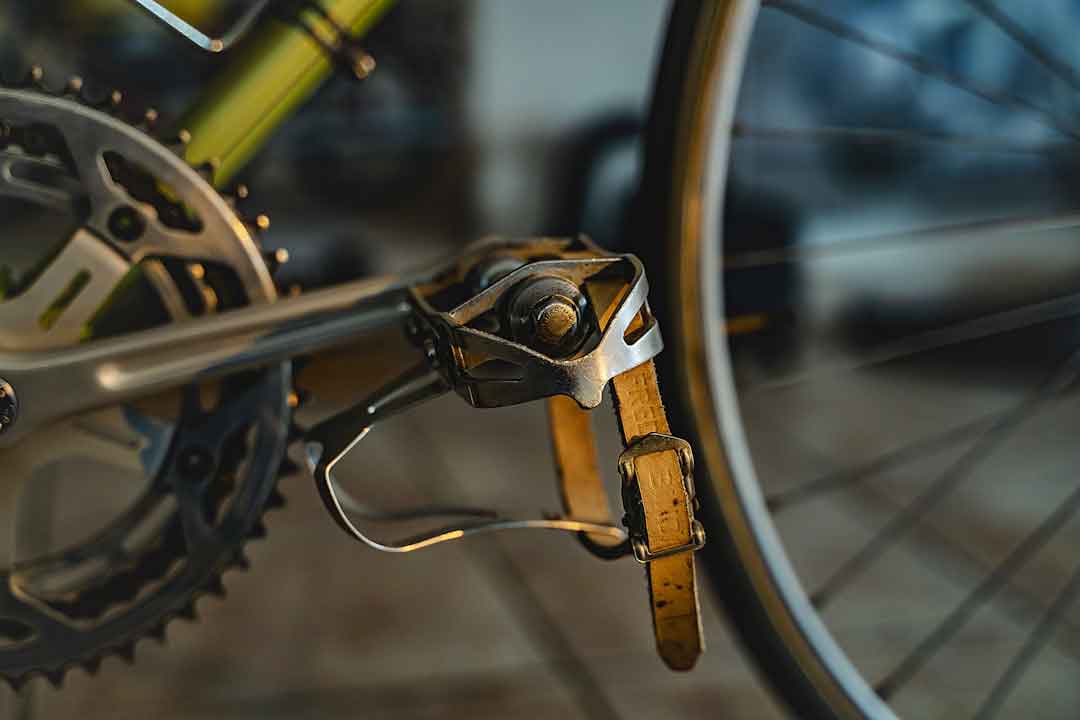
by Patrick (https://unsplash.com/@pf91_photography)
There are several tools and resources available to help you find the right bike size:
Professional Bike Fitting Services
A professional bike fitting service can provide a custom fit based on your specific measurements and riding style. These services often include adjustments to saddle height, handlebar position, and more. Professional fitters use advanced technology, such as motion capture systems and pressure mapping, to analyze your cycling biomechanics. This detailed analysis ensures that your bike is set up to optimize your performance and comfort, reducing the risk of injury and enhancing your overall riding experience.
Online Bike Fit Calculators
Several online tools can help you determine your bike size based on your measurements. These calculators provide a quick and easy way to get an idea of the right size bike for you. While convenient, it's important to input accurate data for the best results, as even small measurement errors can lead to incorrect recommendations. Online calculators are a great starting point, but they should be used in conjunction with other methods, such as test rides and professional consultations, to confirm their suggestions.
Retailer Assistance
Many bike retailers offer in-store assistance for finding the right bike size. Knowledgeable staff can help you measure and select the best size based on your needs. Retailers often have demo models available for test rides, allowing you to try different sizes and styles before making a purchase. Additionally, they can provide advice on the latest bike models and components, helping you make an informed decision that aligns with your cycling aspirations.
Mobile Apps for Bike Fitting
In the digital age, several mobile apps are available to assist with bike fitting. These apps often use augmented reality or camera-based measurements to provide sizing recommendations. While not as precise as professional fittings, they offer a convenient option for those looking to get a quick sizing assessment from the comfort of their home. They can also be a useful tool for tracking changes in your fit preferences over time as your cycling experience evolves.
Making Adjustments for a Perfect Fit
Once you've chosen the right bike size, it's important to make some additional adjustments to ensure the perfect fit:
Saddle Height
Your saddle height should allow for a slight bend in your knee when the pedal is at its lowest point. Adjust the saddle height until you find the most comfortable position. The correct saddle height maximizes pedaling efficiency and comfort, reducing the risk of knee strain. To achieve this, sit on the bike with one pedal at the bottom of its stroke and adjust the saddle so that your knee is slightly bent. This position promotes smooth power transfer and helps prevent overextension.
Handlebar Position
The handlebar position should allow you to reach comfortably without straining your back or shoulders. Adjust the height and angle of the handlebars as needed. Proper handlebar positioning can alleviate tension in your upper body, making long rides more enjoyable. Experiment with different setups until you find one that supports a natural and relaxed posture, allowing you to maintain control and stability across varying terrains.
Pedal Position
Proper pedal position is crucial for efficient pedaling. Ensure your feet are positioned correctly on the pedals to maximize power and reduce the risk of injury. Align the ball of your foot over the pedal spindle to promote effective power transfer and minimize strain on your joints. Consider using clipless pedals for improved connection and control, and adjust the cleat position to suit your natural foot alignment and cycling style.
Fine-Tuning Other Components
Beyond the basic adjustments, fine-tuning other components, such as the stem length, seat angle, and brake lever position, can further refine your fit. These adjustments allow you to tailor the bike to your specific preferences and riding style, enhancing both comfort and performance. Take the time to experiment with different configurations, and don't hesitate to seek advice from professionals if you're unsure about making these changes yourself.
Conclusion
Accurate bike sizing is essential for a comfortable and enjoyable ride. By taking the time to measure and select the right size, you can improve your cycling experience and prevent injuries. Whether you're using a bike size chart, seeking professional fitting services, or testing different sizes, finding the perfect fit is worth the effort. Happy cycling!
Investing in the right bike size pays off in numerous ways, from enhancing your comfort and efficiency to safeguarding your health. As you embark on your cycling journey, remember that the right fit can transform your rides, making them more enjoyable and fulfilling. So, take the time to explore the options, seek expert guidance, and fine-tune your setup until it meets your unique needs. With the perfect bike fit, you'll be well on your way to achieving your cycling goals and enjoying every moment on the road or trail.



